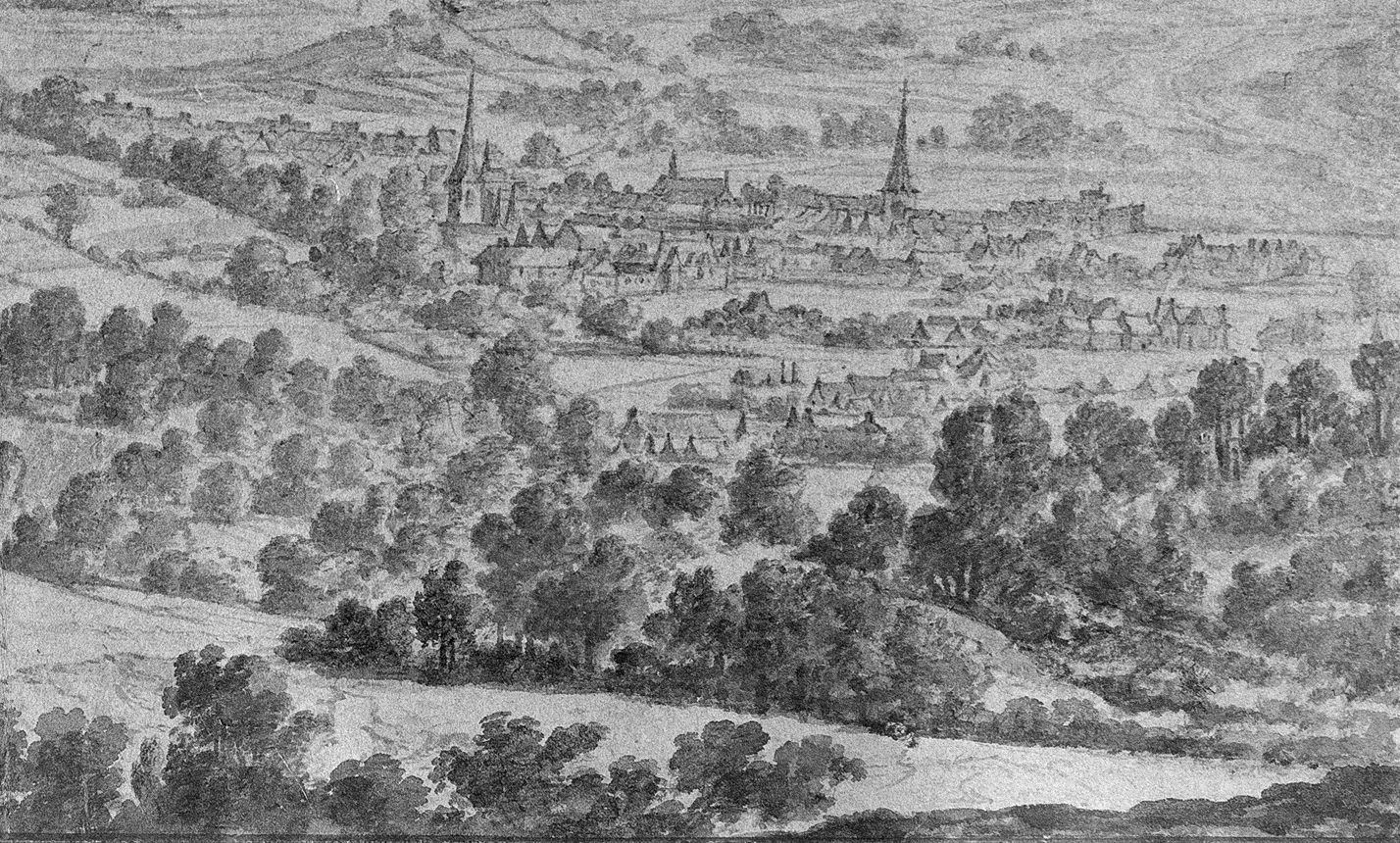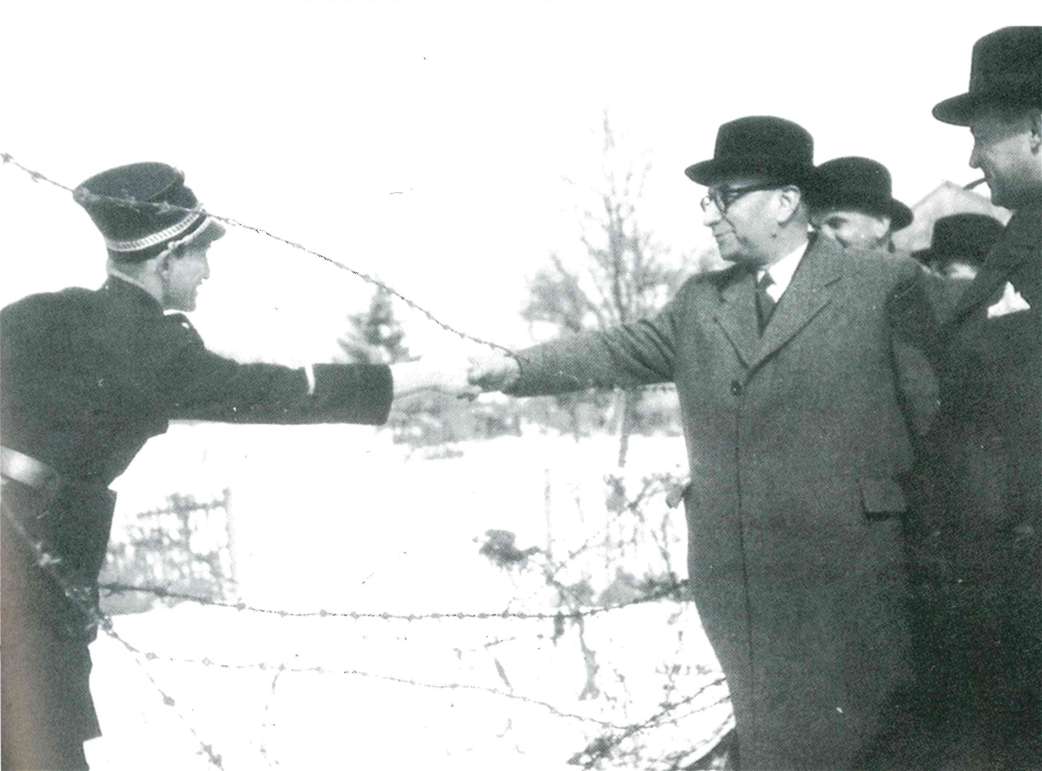Since the First World War, borders throughout Europe have become increasingly dense: family ties were cut, economic areas separated, cultural contacts prevented. After 1945, Henri Hoen, the assistant district commissioner from Malmedy, had even declared the closure of the border and the orientation of the inhabitants of the eastern cantons towards the interior of Belgium as one of the three most important political goals. Carlo Lejeune described this as a ‘glass curtain’, because although people were largely restricted from crossing the border, the press and above all radio and later television were able to cross the border without any problems. German culture thus remained visible and influential in East Belgium. Due to the far-reaching prohibitions on border crossing, many people often crossed the border illegally: smuggling flourished and was an important, albeit illegal, source of additional income for many people in this severely devastated region.
In 1951, the European Coal and Steel Community was founded, which would later become today’s EU. In this spirit, the German-Belgian Compensation Treaty of 1956 then largely abolished border controls.
Jakob Schmitt, co-founder and the driving force behind the borderland meetings in Hellenthal, recalled: ‘What sounds so natural today was still a delicate and unpopular missionary work at the beginning of the second half of our century, especially for our Belgian friends. People did not like to hear the term “reconciliation”. Expressing pro-German sentiments too openly was even associated with personal risk. The officials were too deeply burdened with the guilt that war had been brought into the country from German soil three times within 100 years […] Nevertheless, at all times it was the people “on the ground”, and less the authorities and institutions who were the pacemakers of their governments in their longing for peace, in their desire for international understanding. This is especially true for the border population, who have suffered for generations under their nation-statehood and have often enough been the subject of arbitrary cessions of territory and border shifts.’
Today it seems self-evident that we can freely cross the borders in Steinebrück, Losheimergraben, Wahlerscheid or Wemperhardt. Border controls are only allowed in the Schengen area under special conditions. Howeever, the opinion still prevails that closed borders render life safer. Yet our example of border smuggling (like many others) shows best of all that the green strip between two countries cannot stop anyone who is willing to cross a border.
Vitus Sproten
From ZVS, 2017/12, pp. 273-274.
Further reading:
Christoph Brüll, Belgien im Nachkriegsdeutschland: Besatzung, Annäherung, Ausgleich (1944 – 1958), Essen 2009, pp. 255-383.
Schwerpunktthema: Europa und Region – Nordrhein-Westfalen, Belgien und die Niederlande, Essen 2015 (Geschichte im Westen, 30.2015).
Carlo Lejeune, „Der gläserne Vorhang. Die Grenze zwischen deutscher und belgischer Eifel“, in Carlo Lejeune (Hg.), Mut zur eigenen Geschichte: der 8. Mai 1945 – Anmerkungen zur ostbelgischen Vergangenheit, St. Vith 1995, pp. 64/65.

